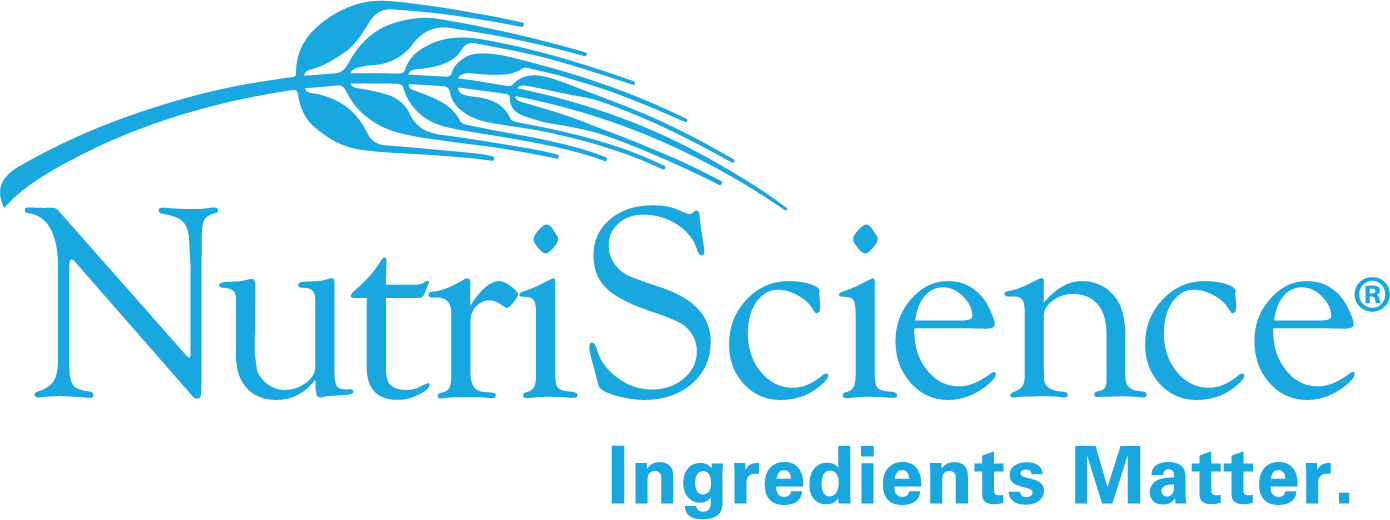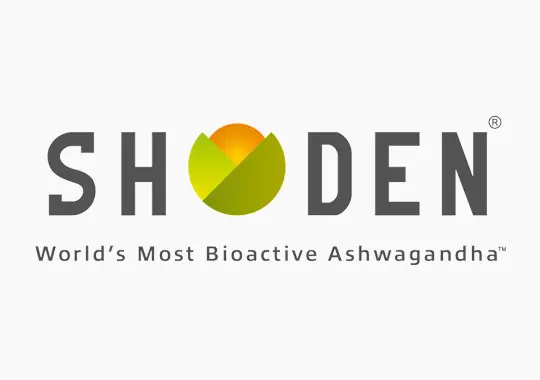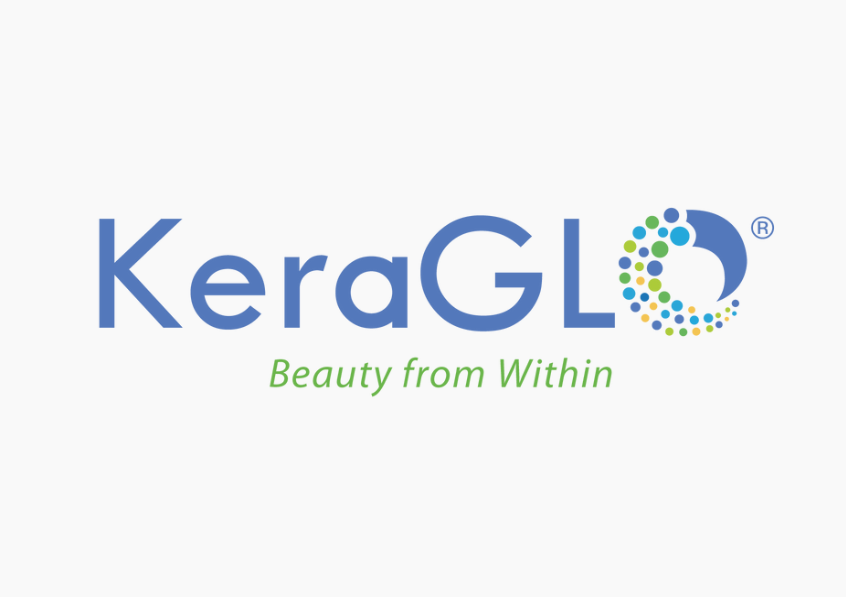With the start of 2023, brands and suppliers are eager to predict the top trends in the nutrition and supplement categories for the new year. At NutriScience, we analyze the most sought-after health benefit categories and carefully assess our ingredient portfolio when we begin predicting trends within the industry, as well as where the industry is heading overall. However, basing these predictions on the interest in our own ingredients is not enough; it is also necessary to consult the data being gathered by market researchers. Based on our knowledge in scientific research and consumer trends, we believe that three significant trends for 2023 will be:

These three trends shouldn’t come as a major surprise – they are trends from the last few years that continue to evolve in this post-pandemic world. However, we can start to look at these trends from a scientific perspective – what’s happening in the hallowed halls of research labs, and are the scientific findings keeping up with these market trends?
Energy & Fatigue
Energy and fatigue are two sides of the same coin – something that increases energy reduces fatigue. Caffeine is the long-established gold standard for boosting energy. However, the dominance of caffeine in the market makes consumers wonder: Are there other ingredients that can support energy? What’s happening in research to better understand the safety and efficacy of these ingredients? A quick search of “energy” or “fatigue” on www.clinicaltrials.gov reveals a significant amount of ongoing clinical research on nutritional interventions, supplement ingredients, and ingredient combinations in the energy and fatigue space. The amount of research occurring demonstrates that academics and ingredient companies are both looking for ingredients that demonstrate clinical and/or statistical significance.
At the same time, scientists are trying to understand the underlying causes of energy deficiency and fatigue, as well as the mechanisms of energy enhancement. Furthermore, there are different areas of research focused on the physical vs mental effects of fatigue. Some areas of scientific interest, as they relate to ingredients and supplements, include:

Energy and fatigue can be affected by several biochemical pathways in the body. Understanding how these pathways are interconnected with energy and fatigue can demonstrate why certain ingredients work, as well as direct the design of new ingredients.
Cognitive Health
People are increasingly seeking solutions to boost cognitive health and stay sharp; this will continue to be the case in 2023. In fact, the global cognitive health supplement market is expected to expand at a CAGR of 8.0% from 2021 to 2028, reaching a market size of $13.8 billion. With the rise in demand for cognitive health products, it’s important to invest time and innovation into researching these ingredients to give consumers what they are looking for, whether it be a good night’s sleep, a relaxed state of mind, or increased energy and focus. When considering where to direct research on cognitive ingredients, it’s crucial to consider the five neurotransmitters that play major roles in brain activity:

Scientists are trying to better understand how these neurotransmitters are affected – activation vs. inhibition – by dietary ingredients and nutritional interventions. Cognitive support clinical studies are expensive and challenging to perform. Therefore, by having a better understanding of the mechanism of action of an ingredient and the neurotransmitters being targeted, we can better design such studies.
Microbiome
The gut microbiome is an intensive area of current research. The role of prebiotics in modifying the microbiome is the extension of the field of probiotic modifications to the gut microbiome. Since probiotics feed on prebiotics, it is easy to see that they are interrelated. However, there is a difference that is worth considering. Probiotics are bacteria which are consumed to influence the gut microbiome through colonization and growth. Prebiotics, on the other hand, influence the growth and diversity of the endogenous bacteria – the bacteria that already reside in the gut. These bacteria are quite different from probiotics. The endogenous gut bacteria are generally anaerobes, meaning they live in an oxygen-starved environment in the gut. This makes them quite different from probiotics, which are aerobic and orally consumed. Furthermore, probiotics are “good bacteria”, while some of the endogenous bacteria in the gut can be classified as “bad bacteria”.
With prebiotics, there is a great deal of research on what they do (beyond just being food for probiotics) and where they work – in the gut lumen or on the microvilli on the surface of the gut lining. Additionally, researchers are looking to combine prebiotics and probiotics – this partnership is called “synbiotics”. Even more, researchers are most intensely looking at postbiotics, which are the metabolites of endogenous bacteria and probiotics. Postbiotics not only affect gut health – they appear to be signaling molecules, which influence the behaviors of multiple pathways and organs across the body.
In general, microbiome-related clinical studies are easier to conduct than cognitive studies, thus receiving more scientific attention. A search in www.clinicaltrials.gov yields over 300 clinical trials with supplements for modulating the microbiome. This is a very large number of studies, confirming that the science is closely tracking the trends.
The Confluence of Science Trends and Market Trends
In the areas of Energy & Fatigue, Cognitive Health, and the Microbiome, the focus of ongoing studies reflects that the science is tracking the trends, which is not always true for market and consumer trends. Sometimes, science skips ahead of the trends and marketers don’t know what to do with the novel science. In other areas, the trends and consumer desires are ahead of the supporting science, presenting difficulties for marketers trying to justify the efficacy and safety of their ingredients. A major reason science is tracking these three trends for 2023 is that these trends have been around for a few years and have been increasingly enhanced due to the ongoing nature of COVID. Both the stability of consumer interest in these areas and the innovations occurring in the science end clarify that these trends are not of fleeting interest but are here to stay.
________________________________________________________________________________________________________________
NutriScience Innovations develops and markets innovative ingredients for the dietary supplement and functional food markets. To learn more about our ingredients, please contact [email protected].










